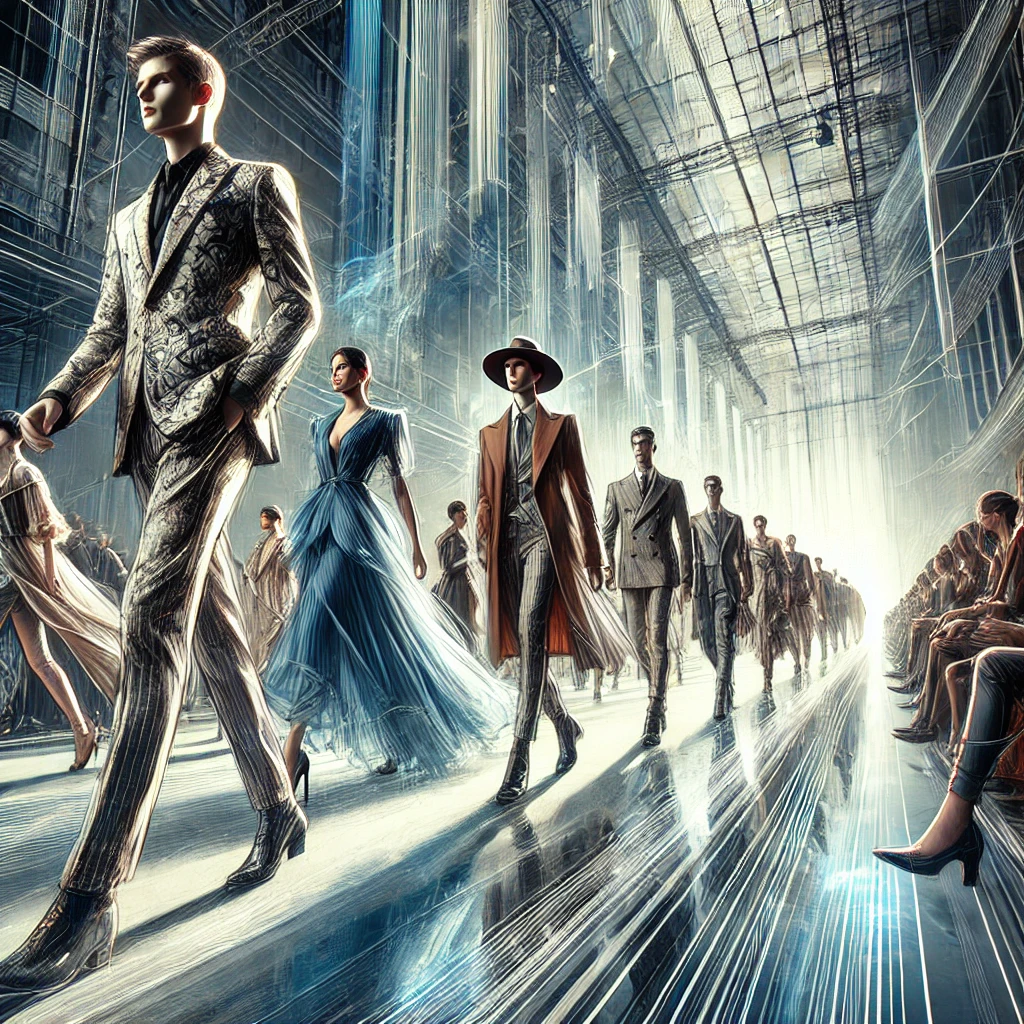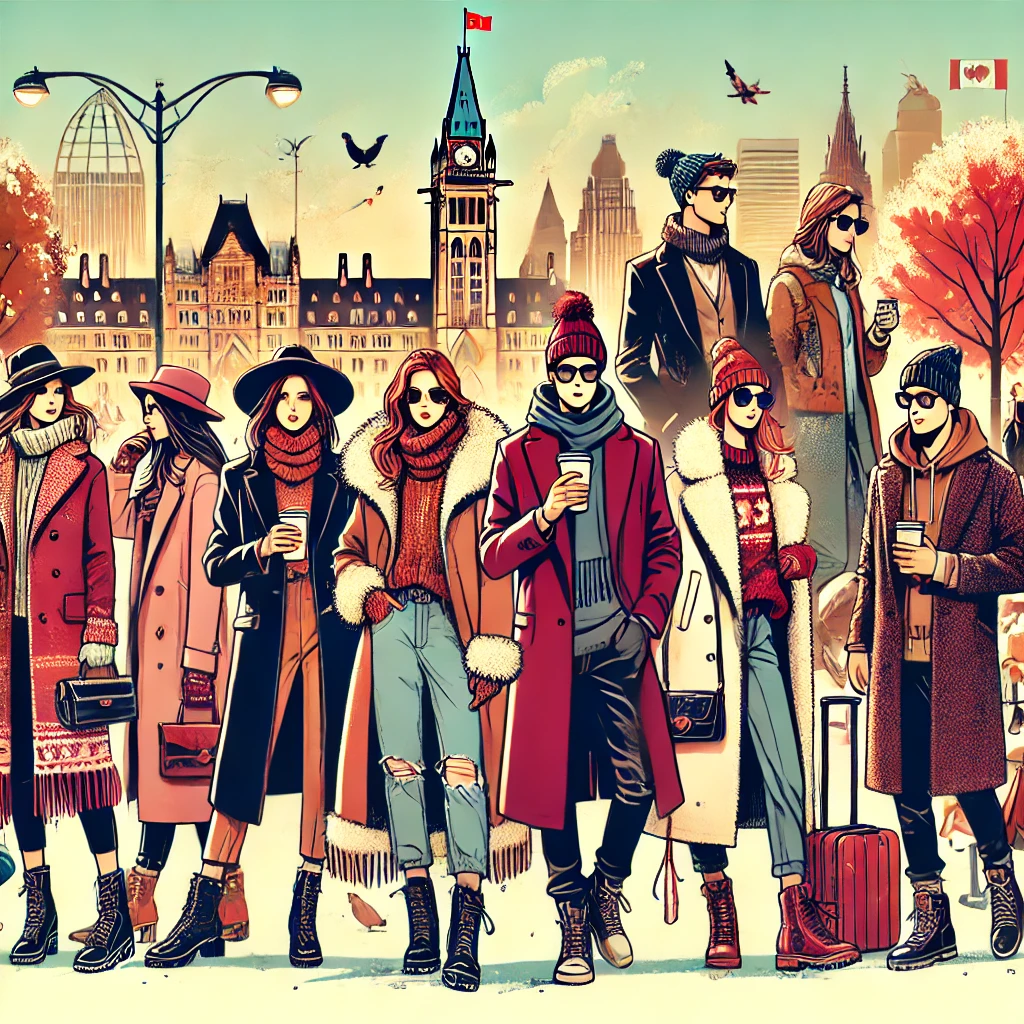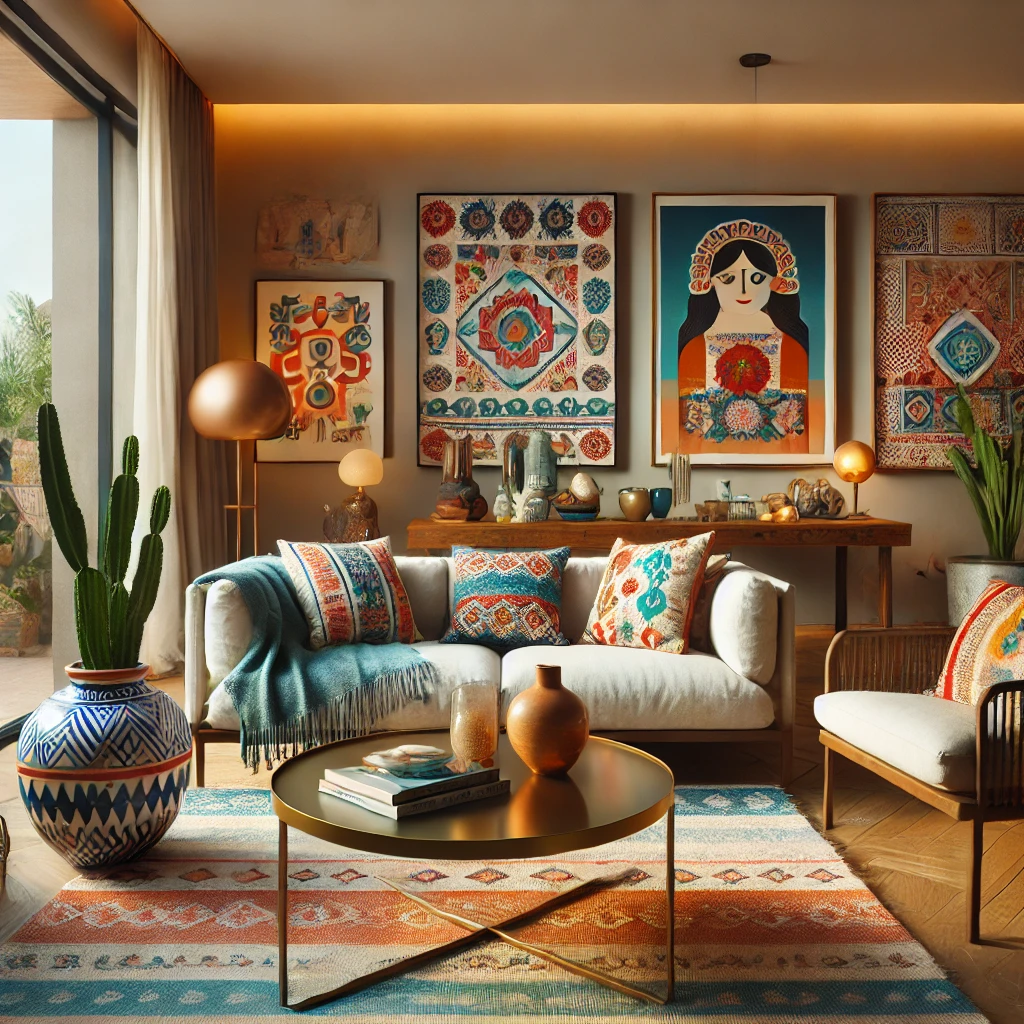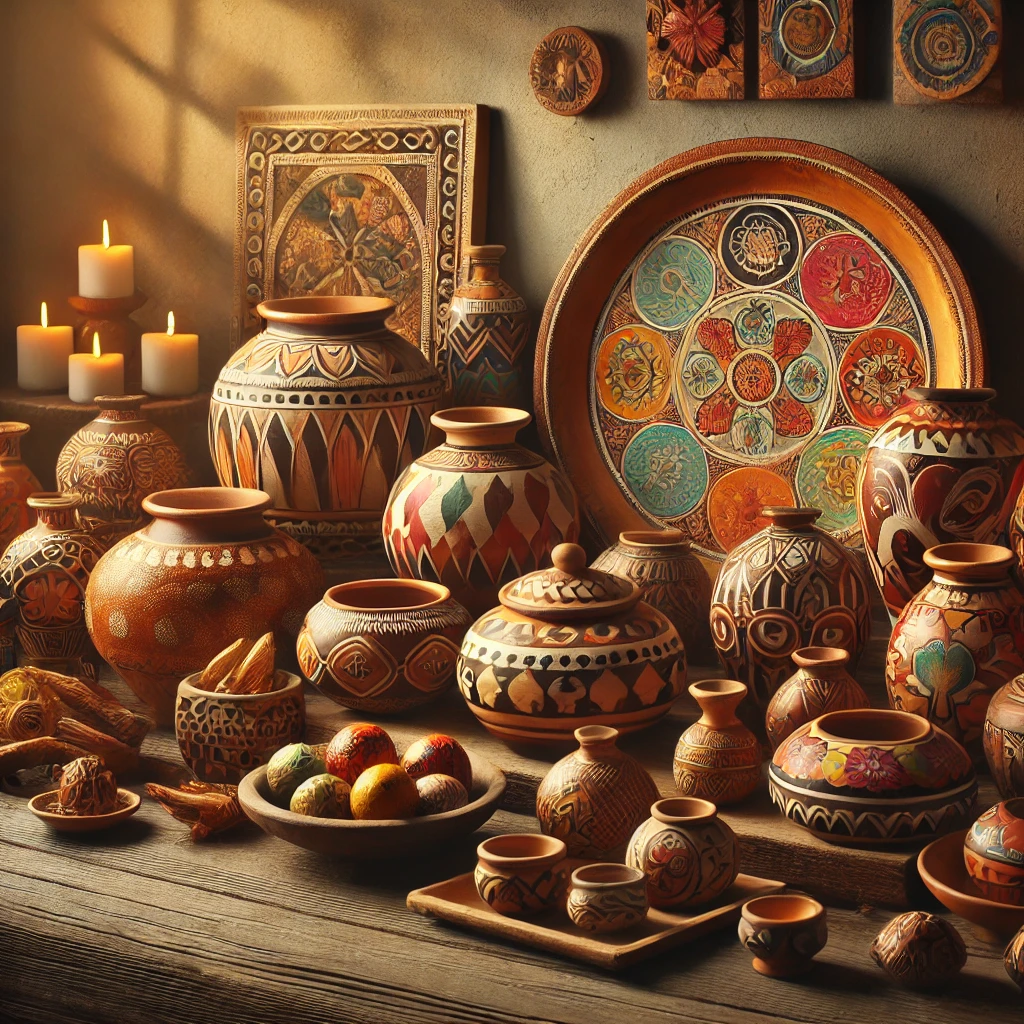Table of Contents
Introduction to Italian Fashion
Italian fashion has long been celebrated as a pivotal segment of the global fashion industry, renowned for its exquisite craftsmanship, superior quality, and innovative designs. The roots of Italian fashion can be traced back centuries, with historical influences from art, culture, and tradition that have notably shaped its evolution. Cities like Milan, Florence, and Rome serve as epicenters of style, showcasing the country’s dedication to both luxury and creativity in clothing design.
The reputation for quality craftsmanship in Italian fashion is unparalleled. Renowned fashion houses like Gucci, Prada, and Ferragamo exemplify the meticulous attention to detail that defines Italian couture. These brands often utilize luxurious materials, such as fine leathers, rich silks, and high-end textiles, that enhance the overall appeal of their products. This commitment to quality not only reflects the heritage of artisanal skill but also contributes to the sustainability focus emerging in global fashion, where longevity and durability are increasingly prioritized by consumers.

Moreover, Italian designers have consistently pushed the boundaries of creativity, often introducing innovative designs that redefine fashion aesthetics. The blend of traditional techniques with modern interpretations allows Italian fashion to remain contemporary while paying homage to its rich historical roots. As a result, these designers set trends that resonate globally, influencing not only the fashion industry but also popular culture. The emblematic style of Italian fashion elevates it to a significant position in shaping international trends, making it an inspiring force for designers and fashion enthusiasts worldwide.
Historical Context of Italian Fashion Designers
The journey of Italian fashion is deeply rooted in the cultural and artistic movements that have shaped the country over centuries. Beginning in the Renaissance, Italy was a hub of creativity and innovation. The birth of fashion as a recognizable industry can be traced back to this period when wealthy aristocrats and merchants began to commission elaborate garments that showcased fine craftsmanship and luxurious fabrics. Remarkable artisans emerged, creating intricate designs that set the stage for future Italian designers.
As the centuries progressed, key figures such as Gianni Versace, Valentino Garavani, and Giorgio Armani played pivotal roles in defining what Italian fashion represents today. The late 20th century, in particular, marked a significant turning point for the industry, as Milan became an international fashion capital. This city was instrumental in elevating Italian fashion to a global stage thanks to its fashion weeks, prestigious brands, and influential designers. This era saw an unparalleled fusion of traditional craftsmanship with modern aesthetics, making way for innovative and daring designs.
The influence of Italian fashion designers extended far beyond their home country, impacting global trends significantly. As they embraced artistic expression, they introduced a unique style characterized by elegance, sophistication, and sometimes flamboyance. Designers such as Prada and Dolce & Gabbana further exemplified this blend of high art and commercial appeal that attracts attention from fashion enthusiasts worldwide. Their creations helped establish parameters for taste and luxury that are widely recognized today.
In subsequent years, the evolution of Italian fashion continued with the integration of technology and sustainability, as contemporary designers adapt to new consumer demands. The legacy left by earlier fashion houses has laid the groundwork for a diverse range of design philosophies, ensuring that Italian fashion will remain influential and relevant in defining global trends.
The Impact of Italian Fashion Shows
Italian fashion shows hold a distinguished position within the global fashion industry. Renowned for their creativity, artistry, and avant-garde presentations, events such as Milan Fashion Week serve as pivotal platforms for showcasing the latest collections from esteemed designers. These fashion weeks occur biannually and are integral for setting the tone for the upcoming seasons, influencing trends that echo beyond Italy’s borders.
At Milan Fashion Week, established and emerging designers alike unveil their latest works, capturing the attention of international buyers, media, and fashion enthusiasts. This event not only highlights the rich heritage of Italian craftsmanship but also emphasizes the innovative spirit that characterizes contemporary fashion. The presentations range from opulent fashion shows in historic venues to unconventional runway settings that push the boundaries of typical fashion narratives.
The significance of these fashion shows extends well beyond mere displays of clothing. They serve as a barometer for shifting cultural and aesthetic sensibilities, making it possible for designers to communicate their unique visions to a global audience. Moreover, the trends established during these pivotal events often have a ripple effect, influencing not only high fashion but also ready-to-wear collections and street style worldwide.
Notably, the creations showcased during Italian fashion weeks often reflect broader sociopolitical themes, such as sustainability and inclusivity, resonating with a conscious consumer base. As designers adapt their collections in response to societal demands, their influence perpetuates an ongoing dialogue concerning the evolution of style in contemporary society. Events like these solidify Italy’s reign over the global fashion landscape, ensuring that its design ethos will continue to shape trends for years to come.
Key Italian Designers and Their Signatures
Italian designers have long held a prominent position in the realm of global fashion. Their contributions have not only shaped the industry but have also set the bar for elegance and sophistication. This section profiles some of the most influential designers, namely Giorgio Armani, Dolce & Gabbana, and Versace, each renowned for their distinctive styles and visionary approaches.
Giorgio Armani, one of the greatest fashion figures in Italy, revolutionized the suit with his relaxed yet tailored designs that emphasize comfort and style. His signature look is characterized by soft silhouettes and a neutral color palette, portraying an understated elegance. Armani’s influence transcends the runway; he introduced the concept of ‘power dressing’ for women, transforming how they are perceived in the professional environment. His designs have become synonymous with luxury, and they continue to affect international trends and consumer preferences, driven by his commitment to modernity and sophistication.
Dolce & Gabbana, founded by designers Domenico Dolce and Stefano Gabbana, draws inspiration from their Italian heritage, blending traditional elements with contemporary aesthetics. Their collections are famously rich in prints, color, and opulence, often depicting themes of Mediterranean culture and sensuality. Signature features include intricate lace, vibrant florals, and iconic Sicilian motifs. This blend of tradition and modernity creates an emotional connection with consumers, making the brand a staple in luxury wardrobes around the globe.
Versace, led by the flamboyant Gianni Versace until his untimely death, is known for its daring use of bold colors and extravagant designs. The Medusa logo, intricate baroque patterns, and innovative cuts are hallmarks of the brand. Versace has played a significant role in popularizing the concept of celebrity culture in fashion, with many high-profile personalities donning their unapologetically glamorous pieces. This fearless approach to design continues to resonate with fashion enthusiasts worldwide, influencing trends and sparking creativity.
Sustainability in Italian Fashion Design
The increasing emphasis on sustainability has prompted a significant shift in the fashion industry, with Italian designers at the forefront of this transformative movement. Renowned for their luxury and craftsmanship, many Italian brands are now adopting environmentally friendly practices and championing the use of sustainable materials. The shift reflects a broader change in consumer values where ecological responsibility is becoming essential.
Brands like Gucci and Prada are leading the charge by incorporating recycled materials in their collections. Gucci, for instance, has launched initiatives like the Acqua Alta project, which utilizes recycled plastic waste to create designer pieces. Similarly, Prada has introduced the Re-Nylon collection, featuring fabric produced from recycled ocean plastics and industrial waste. Such efforts highlight how Italian designers are not only maintaining their reputations for quality and style but also committing to ethical production processes that prioritize the environment.
Beyond material choice, the Italian fashion industry increasingly focuses on transparency and ethical labor practices. Designers are promoting clear communication regarding sourcing and production methods, ensuring consumers can make informed purchasing decisions. Labels that prioritize fair labor conditions and environmentally conscious practices resonate well with the modern consumer, particularly among younger generations who demand accountability and sustainability from fashion brands.
The influence of these initiatives extends beyond Italy, inspiring a global trend towards sustainable fashion. The commitment of Italian designers serves as a benchmark, encouraging brands worldwide to adopt similar practices in response to consumer demand. As sustainability becomes an integral part of the fashion narrative, Italian designers are not just adapting; they are actively shaping the landscape of ethical fashion on a global scale.
Italian Fashion’s Influence on Street Style
Italian designers have long been heralded as key players in the realm of fashion, influencing not only high couture but also the much-admired world of street style. The concepts and aesthetics pioneered by these designers have a unique ability to transcend the traditional boundaries of fashion, enabling their creations to permeate everyday wardrobes across the globe.
This influence begins with the inherent quality and craftsmanship associated with Italian fashion. Renowned brands such as Gucci, Prada, and Versace embody luxury and sophistication, elements that are often appropriated into casual wear by fashion enthusiasts. The details—such as prints, textures, and color schemes—often seen on the catwalks of Milan, inspire street style aficionados to reinterpret these high-fashion elements in a way that feels both authentic and accessible. For example, a tailored blazer or striking accessory can transform ordinary attire into something reminiscent of a runway ensemble.
Moreover, Italian street style itself is a rich source of inspiration for fashion lovers around the world. The ease with which Italian designers blend high fashion with everyday practicality serves as a blueprint for casual wear. This interplay encourages individuals to explore unique combinations in their own wardrobes, such as pairing tailored trousers with a simple t-shirt or selecting statement shoes to elevate a minimalist outfit, thereby fostering a culture where self-expression takes center stage.
The cyclical nature of fashion ensures that the influence of Italian designers on street style remains ever-evolving. This relationship not only democratizes high fashion but also contributes to a broader acceptance of eclectic styles, allowing anyone to partake in the elegance and artistry that characterizes Italian design. By integrating elements of Italian luxury into everyday wear, fashion enthusiasts continue to redefine what constitutes modern street style around the world.
The Role of Italian Fashion in Global Collaborations
Italian fashion has long been recognized for its exquisite craftsmanship, innovative designs, and luxurious materials. In recent years, the influence of Italian designers has been particularly evident in international collaborations, where they partner with brands from various countries to create unique fashion pieces that blend distinct cultural aesthetics. These cross-border partnerships enhance the global fashion landscape and promote an exchange of ideas that fosters creativity and innovation.
One remarkable example of this collaboration is the partnership between Italian luxury brand Gucci and the American streetwear label The North Face. This unexpected union resulted in a collection that combines Gucci’s signature opulence with The North Face’s functional outdoor wear. By merging high fashion with practical attire, this collaboration showcases how Italian designers are breaking boundaries and redefining traditional fashion categories. Such partnerships not only elevate the status of involved brands but also allow for the exploration of new design innovations that resonate with diverse audiences.
Another noteworthy instance is the collaboration between Italian designer Valentino and Chinese streetwear brand Sankuanz. This partnership highlights the cross-cultural appeal of Italian fashion, as both brands draw inspiration from their unique backgrounds while merging contemporary trends. The resulting collections often reflect a rich tapestry of influences, demonstrating the power of collaborative creativity. These alliances help Italian designers tap into emerging markets and taste preferences, thus expanding their global reach.
Through these collaborations, Italian fashion designers play a pivotal role in shaping the international fashion scene, inviting dialogue and experimentation. As they continue to work alongside diverse brands and designers, they are not only promoting their own heritage but also enhancing the overall fashion dialogue, inspiring new trend developments that resonate worldwide. The synergy created through these partnerships underscores the importance of collaboration in a rapidly evolving global fashion industry.
The Future of Italian Fashion Trends
The future of Italian fashion is poised on the precipice of significant transformation, fueled by a blend of technological advancements and the evolving tastes of the younger consumer demographic. As digital platforms become increasingly dominant, Italian designers are recognizing the necessity of adapting to a rapidly changing landscape. Innovations such as digital fashion shows, virtual reality experiences, and enhanced online shopping interfaces are set to redefine how collections are presented and marketed, allowing for a broader reach and a more engaging consumer interaction.
Furthermore, the rise of social media as a primary medium for fashion dissemination has significantly impacted how Italian designers connect with their audience. Platforms like Instagram and TikTok have allowed for expedited trends, providing designers with real-time feedback and a channel for immediate consumer engagement. This direct line to younger consumers enables Italian fashion houses to tailor their offerings to the preferences and values of this influential demographic, such as sustainability and inclusivity. Consequently, collections may increasingly reflect these ideals as designers aim to resonate with consumers who prioritize ethical responsibility in their purchasing decisions.
Moreover, the incorporation of technology extends beyond marketing strategies. The fusion of fashion with technology is evident in the ongoing development of smart textiles and wearable technology. Italian designers are likely to experiment with innovative fabrics that adjust to environmental conditions or integrate digital functionalities, thereby enhancing the wearer’s experience. This intersection of fashion and technology not only exemplifies forward-thinking design but also cements Italy’s position at the forefront of global fashion trends.
Overall, as Italian fashion continues to evolve, the emphasis on digital representation, consumer engagement, and sustainable practices will be pivotal in shaping future collections. Such adaptations are likely to ensure that Italian designers remain influential players in the ever-changing global fashion landscape.
Conclusion: The Lasting Legacy of Italian Designers
Italian designers have left an indelible mark on the global fashion landscape, shaping trends that continue to resonate across cultures and continents. Their unwavering commitment to quality, innovation, and craftsmanship has established Italy as a pivotal force in the world of fashion. Renowned houses such as Gucci, Prada, and Valentino not only exemplify exquisite artistry but also embody a spirit of creativity that challenges the status quo.
Over the decades, Italian designers have consistently pushed boundaries, pioneering new styles and reinterpreting classic aesthetics. Their influence can be seen in numerous facets of fashion, from haute couture to ready-to-wear collections. This dynamic approach has allowed Italian fashion to remain relevant and adaptive, ensuring it captures the imagination of diverse audiences. The synthesis of tradition and modernity evident in their creations offers an aspirational quality, influencing emerging designers worldwide.
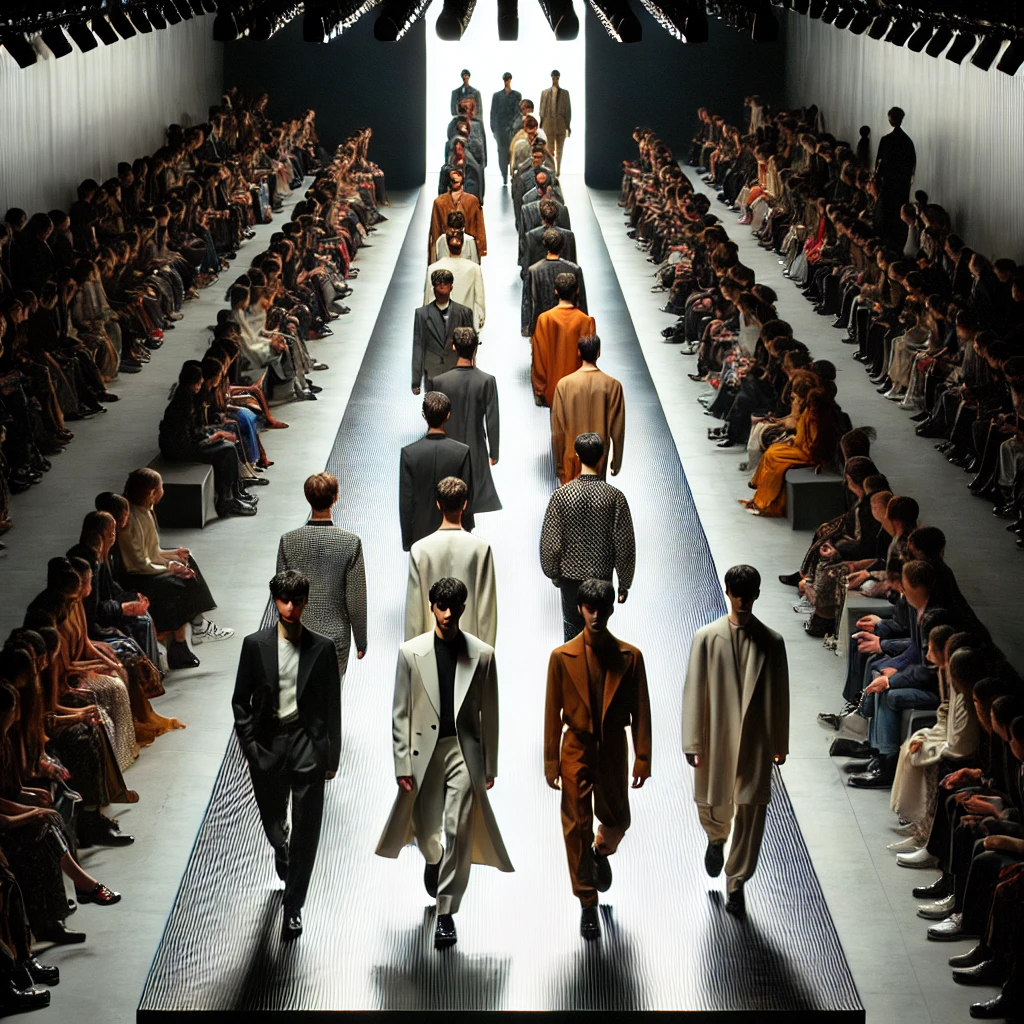
Moreover, Italian fashion has played a crucial role in setting global trends, frequently dictating what is in vogue. The industry’s emphasis on luxurious materials, sophisticated silhouettes, and intricate detailing has led to a broader appreciation for luxury in everyday wear. Collaborations with artists and other designers have further diversified the aesthetic landscape, weaving Italian influences into the fabric of global fashion movements.
The dedication of Italian designers to sustainability and ethical practices in recent years reflects a forward-thinking mindset that aims to mold the future of fashion. This progressive approach not only honors their rich heritage but also addresses the contemporary demands of consumers seeking transparency in fashion production.
In conclusion, the legacy of Italian designers is characterized by their persistent innovation and commitment to quality. They have not only defined but will continue to redefine the essence of global fashion trends, solidifying their status as timeless trendsetters. Their impact is not merely historical; it remains a living, breathing phenomenon that influences the way we perceive and engage with fashion today.

